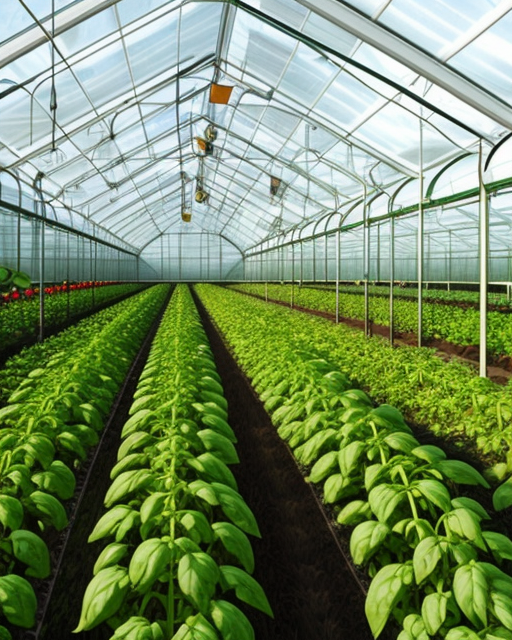Embracing the Power of IoT and AI in Greenhouse Farming
Will AI Replace Farmers?
2 min read
Joy King : Nov 26, 2021 6:00:00 AM
%20(1)-png.png)
With the growing popularity of indoor and greenhouse farming, it's necessary to precisely monitor and control the growing environment to produce thriving crops. As sophisticated systems have evolved, so have the terms used to describe them. Now coined CEA or Controlled Environment Agriculture, it encompasses many types of systems. Let's examine them closer.
What Is Controlled Environment Agriculture?
Controlled-environment agriculture is a technology-based strategy toward crop production. CEA aims to provide stability and maintain optimal growing conditions throughout the growth of the crop. Production occurs within an enclosed growing structure such as a greenhouse, vertical farm, or indoor grow room.
The term controlled environment agriculture (CEA) incorporates a variety of systems that take a technology-based approach to farming. CEA can range from simple shade structures to advanced smart indoor or vertical farms. The most advanced systems are fully automated, closed-loop systems with controlled lighting, water, and air ventilation. CEA also encompasses standard practices such as plastic film over field-grown crops, nets or shade structures, and aquaponics systems that integrate fish or aquaculture with plant production.
Why is Controlled Environment Agriculture Important?
A resilient food supply includes all scales and types of agriculture. As climate change can disrupt traditional agricultural production and consumers are increasingly seeking new and unique products, Controlled Environment Agriculture can be an essential part of a rich and nutritious food and crop supply across the globe.
CEA can produce high-quality food in urban areas, close to consumers, using minimal water and other inputs. Many fresh tomatoes, herbs, and leafy greens we enjoy are grown in controlled environments ranging from shade structures to container farms to greenhouses and vertical farms. And greens grown fully under lights in enclosed indoor systems are increasingly available for the marketplace and are entirely organic. A closed system doesn't allow pests inside to nibble on delicate sprouts, eliminating the need for costly and dangerous pesticides.
Benefits of CEA
CEA is likely to be an essential addition to more traditional outdoor growing systems. CEA can minimize inputs such as water, nutrients, and chemicals while also reducing the potential for food-borne pathogens and saving on labor costs.
CEA systems can also be located in urban areas unsuitable for traditional agriculture, bringing food production closer to consumers and using existing space. Growing food and consumer goods closer to where people live saves resources on transportation and labor costs and provides a higher level of food quality.
Final Thoughts
Controlled Environmental Agriculture systems are technologically sophisticated. They can be complex to install and require reliable companies to deliver outstanding customer support throughout the installation process. Choose wisely and enjoy being part of the growing evolution in food and consumer goods production.
%20(1)-png.png)

Will AI Replace Farmers?

We are often asked, “What dry back percentage should I shoot for?” Unfortunately, there is no one size fits all solution to this question. Let’s go...

How we grow food has changed considerably in the last 50 years, with a surge in alternative agriculture emerging in our very recent history. Advances...